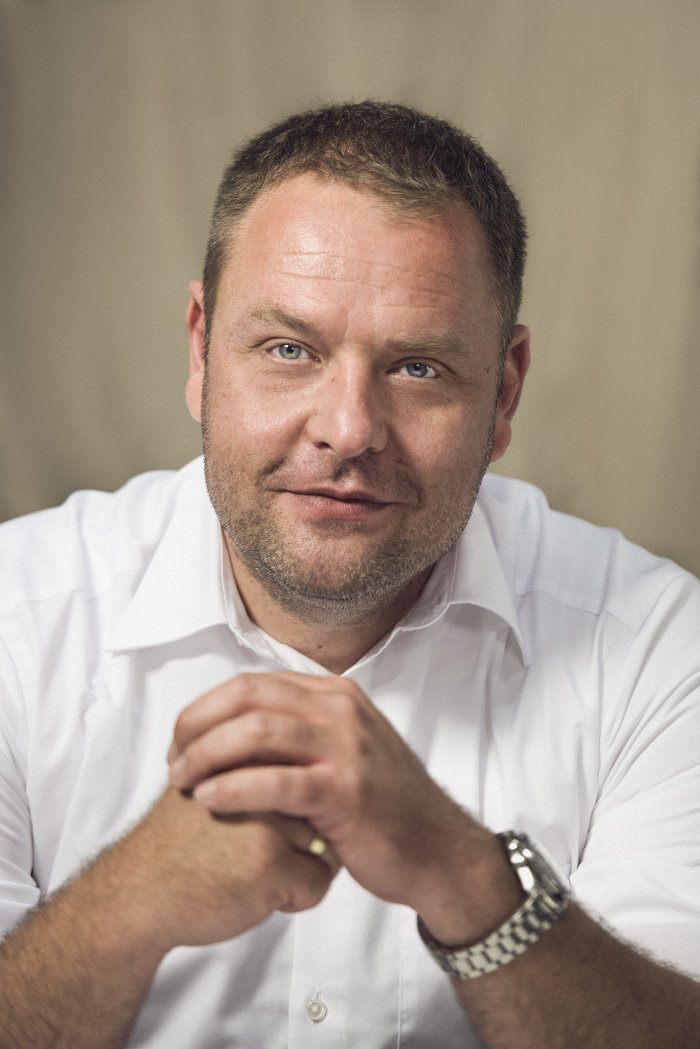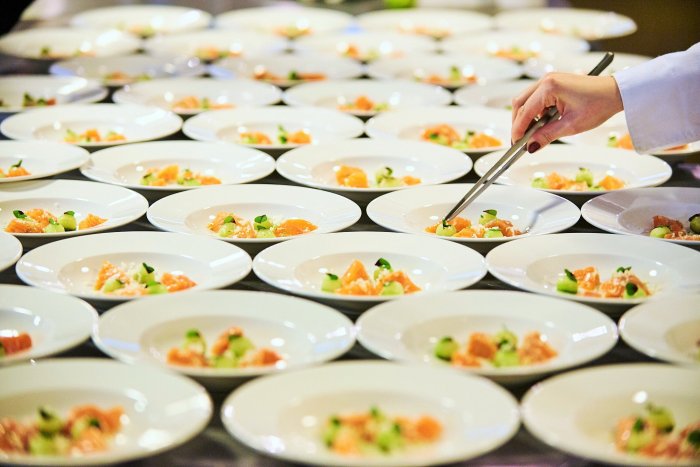Creating a Vision and a Plan for a Four Season Hungary

Photo by MTÜ
The Budapest Business Journal sat down with the head of the Hungarian Tourism Agency (MTÜ) Zoltán Guller to discuss the “Spice of Europe” marketing campaign and future trends in tourism here.
Zoltán Guller
BBJ: The Spice of Europe marketing campaign was launched this spring. How satisfied are you with the initial results?
Zoltán Guller: We started our first international Budapest-focused campaign on May 15. The “Spice of Europe” campaign began with a youthful, creative image, which included the creation of a new tourism logo, a new website and creative contents, and the birth of a new image movie that presents Budapest, the capital’s metaphorical “spiciness”, and the fact that the city is accessible, offering many kinds of experiences.
We concentrated on three target groups during the campaign: value-aware young people between 25 and 40; families looking for experiences; and world-travelers between 30 and 55. We believe that, with this, and the planned international campaigns of the next period, we can make Budapest a top European capital. We would like people travelling to or inside Europe to consider, apart from London and Paris, Budapest an unquestionable necessity to see. Our goal is to overtake Prague, and to “lay siege” to Vienna. So we want to overtake Czech touristic numbers, and our aim is to achieve Vienna’s numbers in each and every segment.
The campaign started on May 15, and ran until the end of June; we advertised online, in print, and on television platforms. We spent 65% of the available budget on online platforms, so there were much fewer appearances in print, and mainly it was the internet platforms that received an emphasized role. We spent 25% of the budget on television appearances; CNN served as our number one global media partner during the campaign.
Some 19.34% of the campaign’s media budget was spent on the communications platforms of various airlines. We appeared on board Iberia, British Airways, Lufthansa, WizzAir, American Airlines, and United Airlines. We were present in WizzAir’s June-July issue with an eight page supplement, reaching five million passengers. Through American Airlines’ multiplatform appearances, we have reached 17 million travelers via the videos on the built-in onboard screens, and ads in the onboard magazines.
The campaign ran in the markets that send most tourists to Budapest. We bet on the horses that were already in the front, so the MTU’s spending were directed towards those countries where we have a significant number of tourists already. Our ads appeared in: Germany; the United States, the United Kingdom; Spain; France; and Italy
BBJ: Why was the campaign launched now?
ZG: Hungary’s touristic development has been growing at a faster pace than the regional average, the EU average, and the world average. Seeing the tendencies produced by Hungarian tourism and hospitality since 2010, the government reorganized the state control of the sector. It created the Hungarian Tourism Agency as a kind of lead organization for the industry, in order to utilize available sources more effectively and more thoughtfully, and to do large-scale marketing-communication operations in order to encourage more people to arrive in Hungary, and spend more time here. So we started the work in 2016, we’re running our fourth domestic campaign since the summer of 2017, and we were ready by spring 2018 to step on to the international scene.
But we’re not the only players on this field. Due to the increased competition because of globalization, the importance of the “country-brand” has become more valuable, as countries are competing on multiple fronts for the attention of investors, tourists, the consumers of the country’s products, the media, the highly-qualified foreign workforce, and the governments of other countries.
BBJ: Should we expect more international campaigns, targeting other parts of Hungary?
ZG: The “Spice of Europe” international campaign was the first station, but naturally not the last: we will start a cultural version in the fall. We are currently working on it; hence I don’t want to share more details, but we would like everybody who sees the upcoming campaigns to honestly wonder about Hungary’s cultural, artistic, architectural offerings, and to see Budapest and Hungary as a four-season destination, always awaiting visitors with a wide range of experiences.
BBJ: What are the priorities for MTÜ for the next few years?
ZG: The government is committed to growing Hungarian tourism’s competitiveness. It has set a clear goal: Until 2030, raise the current number of 30 million guest nights to 50 million (in 2010 the number was 20 million guest nights). Also, ensure the industry contributes 16% to GNP, instead of the current 10.5%.
To achieve this, the National Tourism Development Strategy 2030 was made last fall. Briefly, its mission is to tell Hungary’s story and to ensure the country’s growth through tourism.
It’s a huge change in vision; we do not think about “dot-on-the-map” style scattered developments that are completely independent of each other. Instead, we have placed the developments on a destination-based platform, and at the same time, all state tasks related to the strategic control of the industry was delegated to one actor. Doing away with the past’s institutional fragmentation means a change in vision, which brings the possibility of a real turn for Hungarian tourism.
According to the vision of the strategy, tourism will become a key industry of economic and job growth by 2030. Hence, Hungary will take a great step in the direction of becoming Central Europe’s leading destination.
In the next period, our medicinal and thermal waters will get an accentuated role, and in the field of health tourism a development of HUF 150 billion-200 billion may be realized in the future. More than 1,000 accommodations will be revamped, thanks to our accommodation-development program. The naming of the emphasized tourism development areas has begun, and is in progress, and we are working on making the tourism aspect appear in transportation developments. The renewal of the Balaton train stations belongs here, and so does the creation of the conditions for electric boating.
I think, that due to the large-scale developments, new destinations may become sought-after, which may offer experiences even outside the main season. We believe that Hungary is a four season destination, and we will show it to the Hungarians and the world as well.
BBJ: Where do most foreign tourists come from, how long do they stay and who are the biggest spenders?
ZG: Most arrivals still come from Germany: 2.07 million last year. The U.K. is in second place. But we experience significant growth from Czech Republic (104%), Poland (91%), Russia (80%), and the United States (79%). The latter numbers may increase further as direct flights have started between Hungary and the States this May.
Outside of the Top Ten, the growth in the Asian region has exceeded 150% since 2010, including China and the Korean Republic, where we experienced a growth of unusual proportions, surpassing 350%.
According to KSH’s freshest data, Hungary’s popularity among foreigners jumped highest among the Romanian arrivals in April, the number of guest nights increased by 21.8% among the group, but the United States is also showing a serious increase (12.5%), and Russia as well (7.3%), compared to last April.
In this year’s first four months, we have registered a growth of 4.2% from Germany, our most important sending market, meaning that the growth which started last year has carried on.

SUPPORT THE BUDAPEST BUSINESS JOURNAL
Producing journalism that is worthy of the name is a costly business. For 27 years, the publishers, editors and reporters of the Budapest Business Journal have striven to bring you business news that works, information that you can trust, that is factual, accurate and presented without fear or favor.
Newspaper organizations across the globe have struggled to find a business model that allows them to continue to excel, without compromising their ability to perform. Most recently, some have experimented with the idea of involving their most important stakeholders, their readers.
We would like to offer that same opportunity to our readers. We would like to invite you to help us deliver the quality business journalism you require. Hit our Support the BBJ button and you can choose the how much and how often you send us your contributions.











